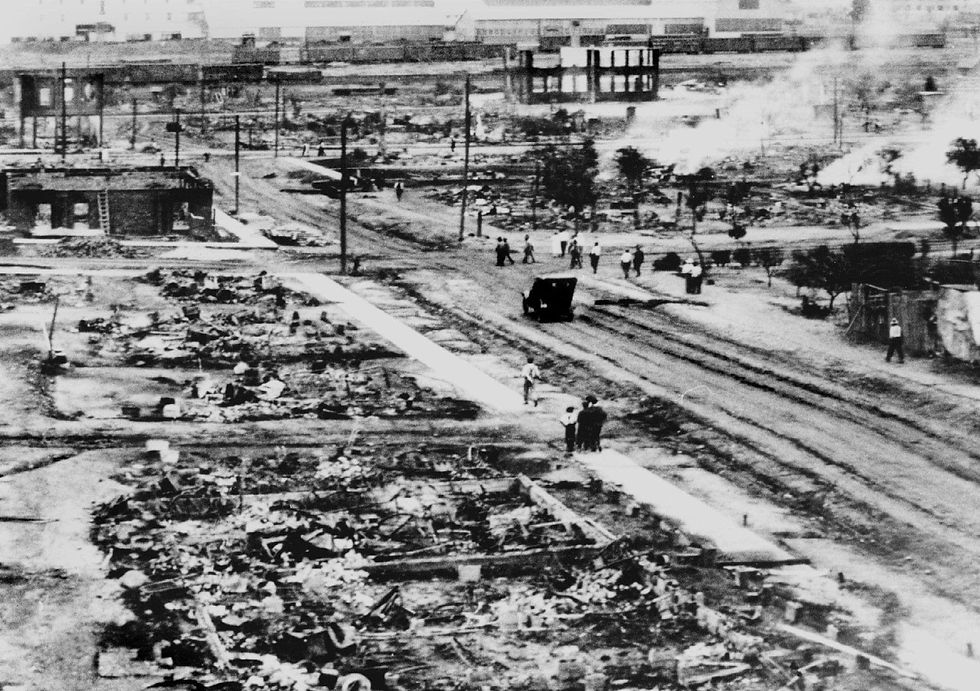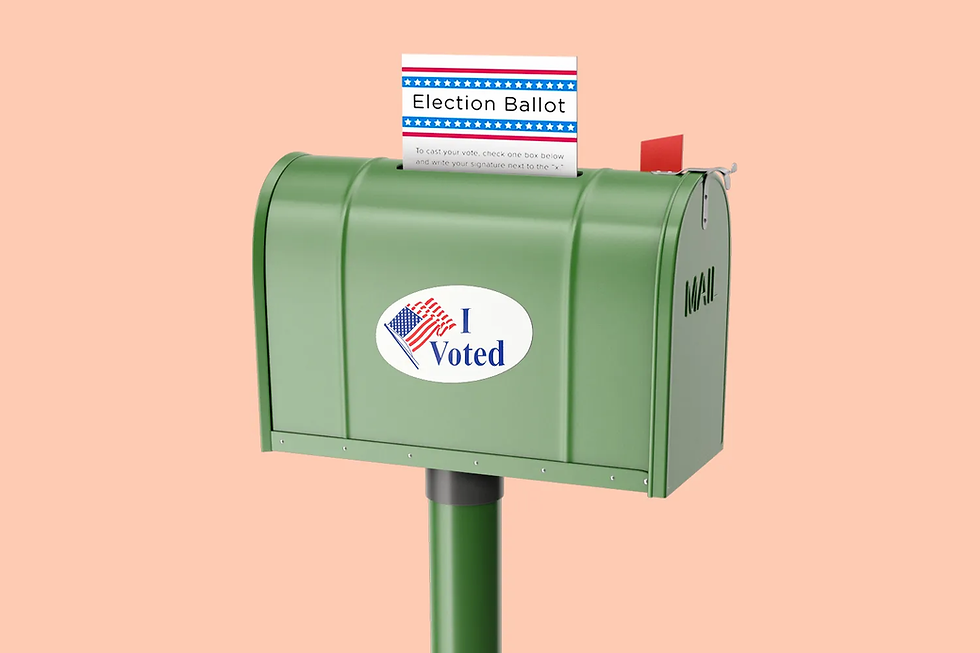What Happened During The Tulsa Race Massacre of 1921
- Editorial Team

- Jun 26, 2020
- 3 min read

Photo: The Washington Post
The Tulsa Race Massacre was an event in 1921 in which white mobs burned down an affluent, black part of Tulsa, OK. It is an event that is widely unknown in America as it is not even taught in most schools. The part of town was the Greenwood District, also commonly known as Black Wall Street. This was a successful and booming black neighborhood which was uncommon for the time. The KKK was at its peak in the 1920s and the terrorist organization was very popular and active in Oklahoma.
The event was sparked by an incident in an elevator by a white 17 year old woman and a black 19 year old man. Nobody is quite sure exactly what happened but what we know is they both screamed and ran out of the elevator after whatever happened. The most common theory is that the man stepped on the woman’s shoe when he entered the elevator. The man, Dick Rowland, was arrested the next day and the police began their investigation, despite the woman, Sarah Page, not pressing charges.
A mob of white men gathered by the Courthouse with guns and weapons. The newspaper even wrote a piece saying Rowland assaulted Page, even though there was no evidence and Page refused to press charges. A group of black men also gathered by the Courthouse to protect Rowland. There was a struggle and violence broke out. It is estimated that there were several hundred white men in the mob. They took to Black Wall Street to burn it down. They shot any black people in their path, and the police actually supplied the white mob with guns and ammunition.
The Oklahoma National Guard then started arresting all of the black people and holding them in a separate part of town so that the white men could loot, raid, and destroy this affluent black neighborhood. Over 1,200 homes were burned down along with many other structures including churches, schools, hospitals, and libraries. It is estimated that around 300 black people were murdered during the massacre.
The white mob created a massive homelessness problem among the black residents. Since over 1,200 homes were destroyed, so many black people had to live in tents following the attack. In fact, Tulsa city officials even turned away outside aid to help rebuild the Greenwood District. Some local individuals did help in rebuilding, but the city did not.
None of the white attackers were ever prosecuted or punished for their crimes. Many black individuals were arrested and they could only be released if a white person vouched for them.
White people burned down 35 blocks of the Greenwood District and murdered roughly 300 people, not because a white woman screamed in an elevator, but because they fundamentally hated black people. They wanted any excuse to destroy the livelihoods of successful black people simply living their lives. This is a massive act of racism and hatred that goes largely untold in America.
America does not want to talk about these issues because America is built on racism. That is a simple fact. Once white people admit this, they will have to change the systems that allow them to take advantage of black people. Allowing a level playing field scares white people because that means the privilege they hold over others will be lost. They don’t want to give up their privilege because it makes life easier. It doesn’t matter to them if other people are dying as long as their lives as easy. Ignorance might be bliss for you, but black people do not have the luxury of “ignorance”, they are dying at the hands of our country’s many racist systems and institutions.
Astor, Maggie. “What to Know About the Tulsa Greenwood Massacre.” The New York Times, 20 June 2020, www.nytimes.com/2020/06/20/us/tulsa-greenwood-massacre.html. Accessed 26 June 2020.
Chakraborty, Ranjani. “The Massacre of Tulsa’s ‘Black Wall Street.’” YouTube, 27 Feb. 2019, www.youtube.com/watch?v=x-ItsPBTFO0. Accessed 26 June 2020.
CNN, Alicia Lee and Sara Sidner. “99 Years Ago Today, America Was Shaken by One of Its Deadliest Acts of Racial Violence.” CNN, 1 June 2020, www.cnn.com/2020/06/01/us/tulsa-race-massacre-1921-99th-anniversary-trnd/index.html. Accessed 26 June 2020.
Stewart, Emily. “99 Years Ago, One of America’s Worst Acts of Racial Violence Took Place in Tulsa.” Vox, 31 May 2020, www.vox.com/identities/2020/5/31/21276084/tulsa-race-massacre-black-wall-street-protests-george-floyd. Accessed 26 June 2020.
Tulsa Historical Society & Museum. “1921 Tulsa Race Massacre.” Tulsa Historical Society & Museum, Tulsa Historical Society & Museum, Nov. 2018, www.tulsahistory.org/exhibit/1921-tulsa-race-massacre/. Accessed 26 June 2020.
“Tulsa Race Massacre | The Encyclopedia of Oklahoma History and Culture.” Okhistory.Org, 2019, www.okhistory.org/publications/enc/entry.php?entry=TU013. Accessed 26 June 2020.
Zaveri, Mihir. “Nearly 100 Years After Tulsa Massacre, City Plans to Search Cemetery for Victims.” The New York Times, 5 Feb. 2020, www.nytimes.com/2020/02/05/us/tulsa-race-massacre-mass-grave.html. Accessed 26 June 2020.



Comments